Common issues
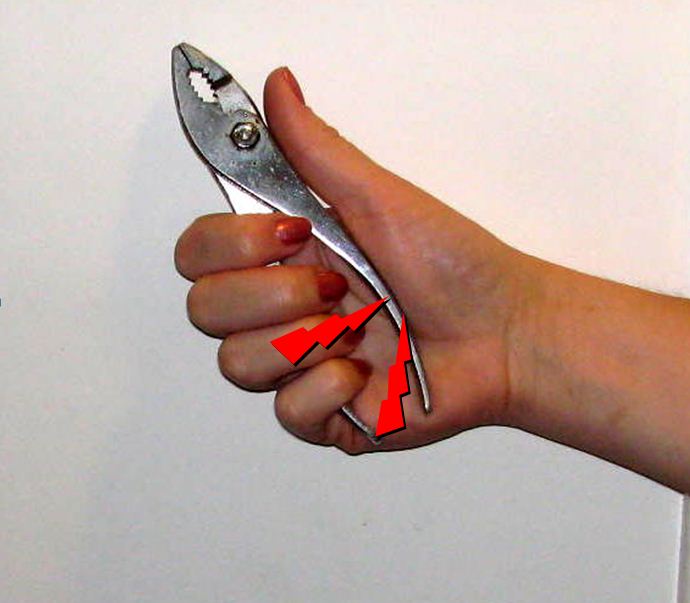 |
| Squeeze force |
Some tasks require a heavy squeeze force to cut or to hold an item. If done frequently, it can add to the cumulative strain on the hand and wrist. Furthermore, squeezing hard on a metal handle can cause a painful pressure point, which in some circumstances can injure the senstive tissue and blood vesels in the palm.
Another issue is the type of pliers or cutters. Hundreds of different styles are commercially available, making it possible to find tools that are better for certain tasks than the generic ones.
Common options for improvement
Reduce exertion
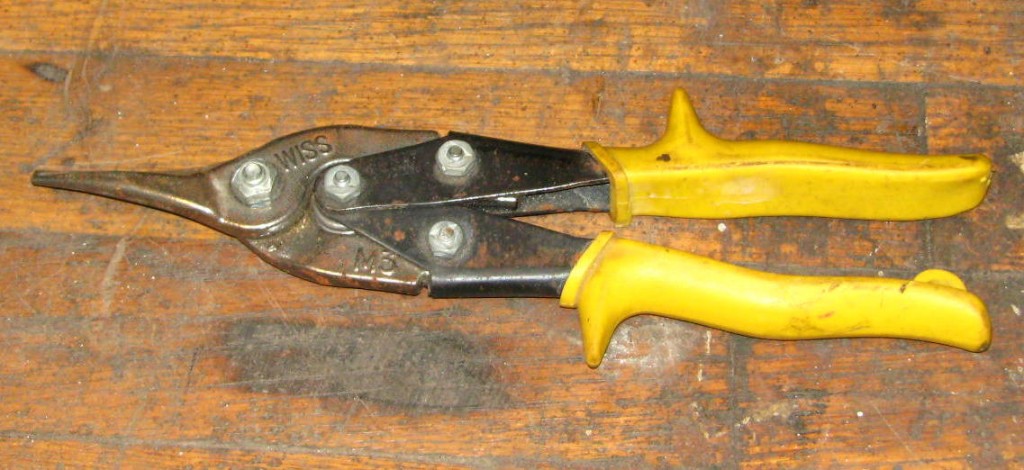 |
|
| Compound levers: Maximize strength or minimize hand movement | |
Compound levers multiply squeeze force and minimize hand movement. The arrangement of the pivot points can be designed to maximize grip strength or minimize hand movement, or some combination in between.
 |
| Grip diameter |
The RoboGrip mechanism is designed to optimize the diameter of the hand grip maximum strength.
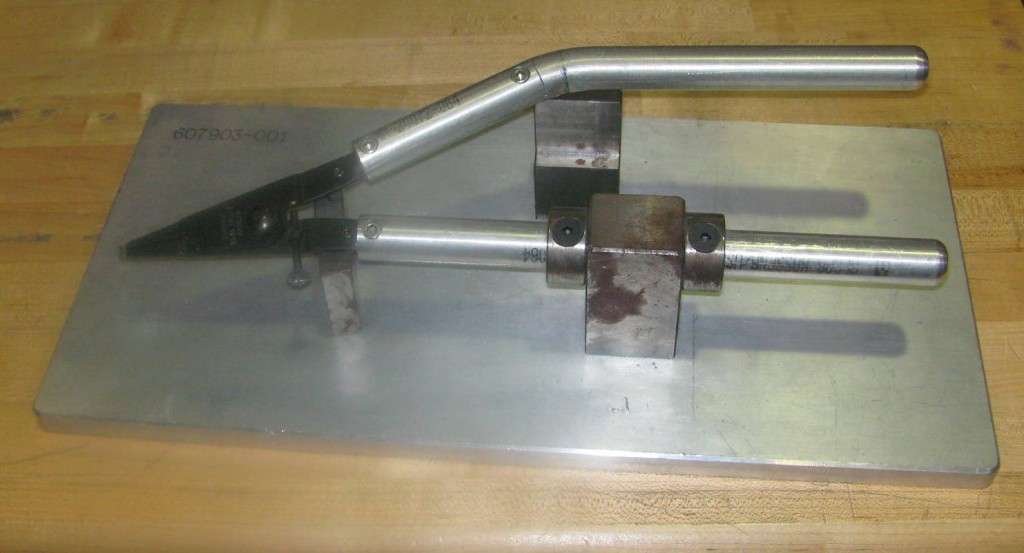 |
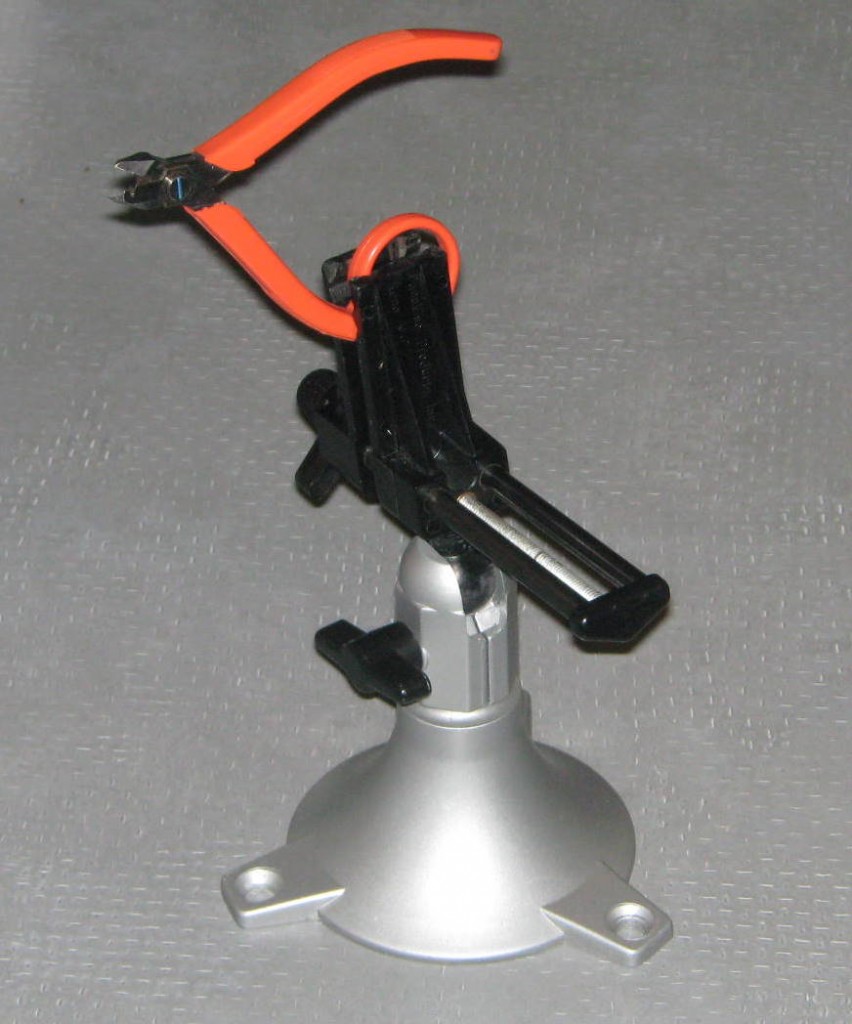 |
| Custom benchtop cutting tool | Quick setup using small vise |
Mounting the tool cuts grip force by eliminating the need to generate opposing forces. The photo above left shows a custom device created for a on-going need. The photo above right a quick setup for a small cutter for thin wires. In this case, the force requirements were minimal, but the setup creates a simple machine that speeds the job while reducing physical demands.
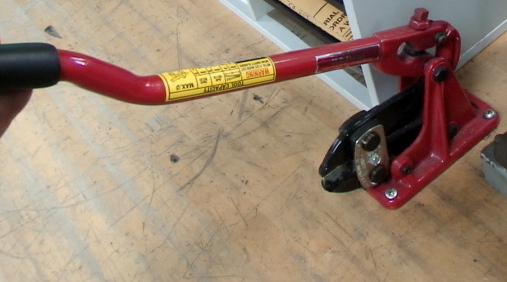 |
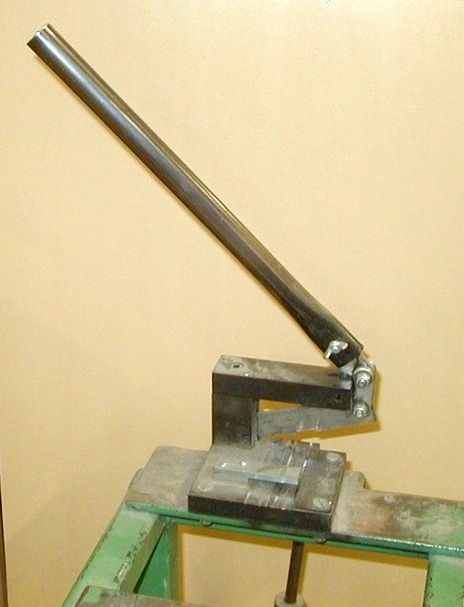 |
| Bench mounted crimper | Home made cutter |
The examples above show different approaches to mounting tools and increasing leverage.
Grip cushioning
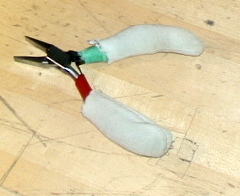 |
|
Multiple types
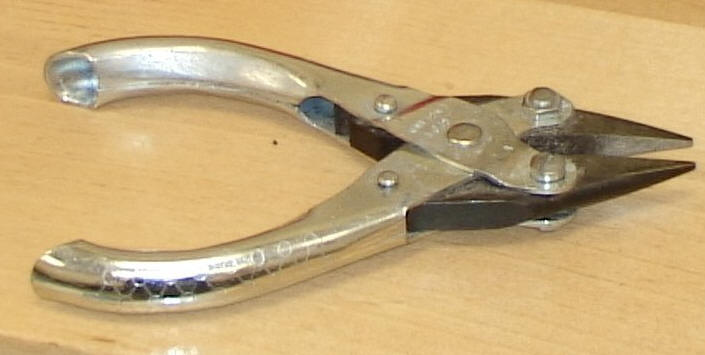 |
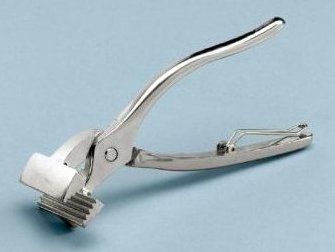 |
| Parallel action | Canvas grabber |
 |
 |
| plastic | plastic jaws |
non-conductive protects items held from damage
| x | x |
p
| plastic | plastic jaws |
